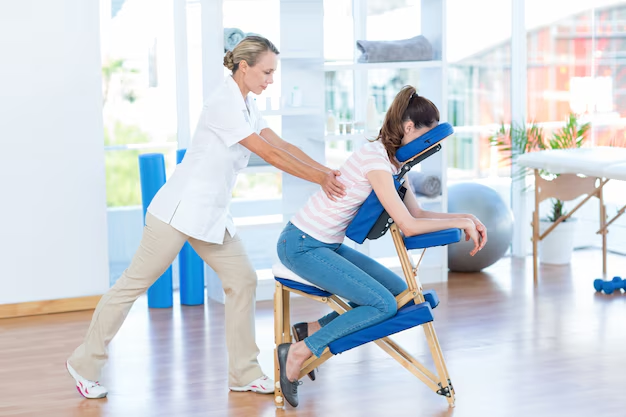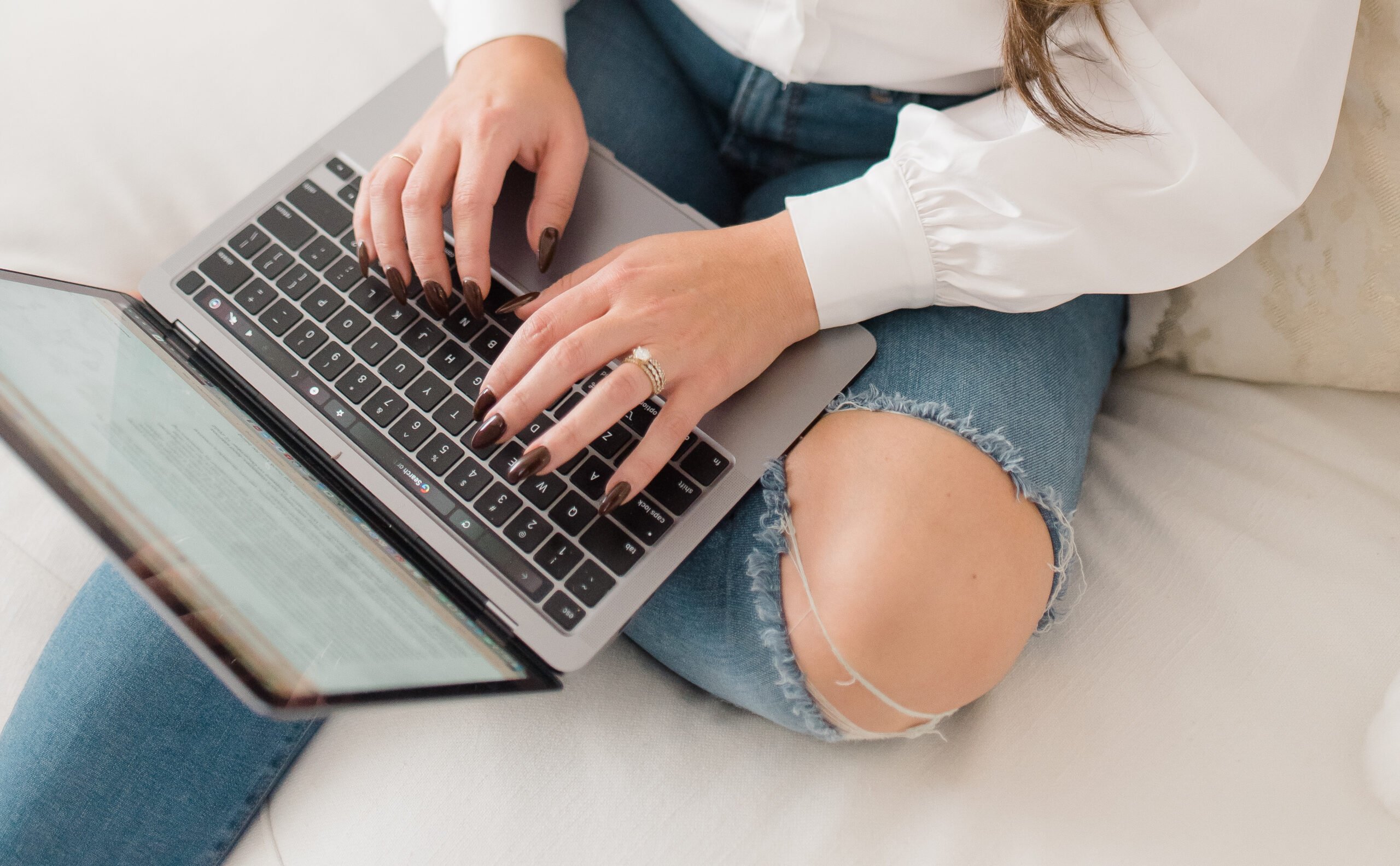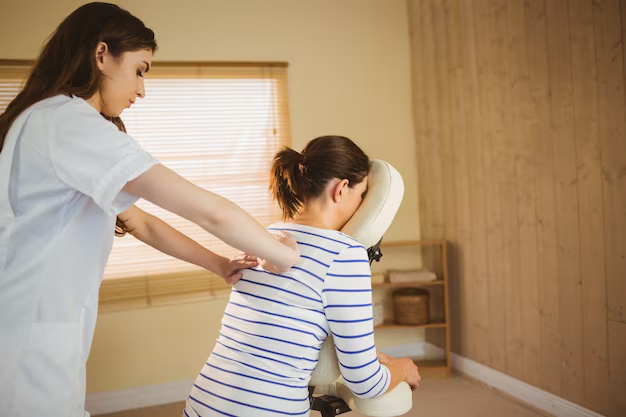If you’ve ever dragged yourself to work after a choppy night of sleep, you know the math: stress → poor sleep → lower productivity → more stress. It’s a loop. The good news? Massage therapy can be a strategic off-ramp, especially in the workplace.
At Massage By Design, we’ve seen how a thoughtful chair-massage program doesn’t just soothe tight shoulders; it helps employees sleep better, function better, and show up better. Here’s how it works and how to make it work for your team.
Stress, Sleep Disruption, and Productivity: The Vicious Triangle
Workplace stress keeps the nervous system on high alert. Elevated arousal (hello, late-night rumination) makes it harder to fall asleep and stay asleep. When sleep fragments, daytime performance takes the hit: attention dips, reaction time slows, decision-making gets fuzzy, and mood sours. Over time, that shows up as presenteeism (you’re physically at work, but not fully effective) and absenteeism (you’re not there at all).
In other words, sleep isn’t just a “wellness perk”—it’s an operational advantage. Which brings us to massage.
How Massage Supports Better Sleep (and a Healthier Body Clock)

Massage works on multiple pathways that influence sleep quality and your circadian rhythm:
-
Nervous system reset: Massage increases parasympathetic (rest-and-digest) activity and calms sympathetic (fight-or-flight) drive. That shift helps the body downshift more easily at night.
-
Serotonin & melatonin support: Relaxation and tactile pressure are linked with increased serotonin, a neurotransmitter that’s a building block for melatonin, the hormone that signals “sleep time” to your brain. More balanced melatonin rhythms = smoother sleep onset and more consolidated sleep.
-
Cortisol moderation: By easing muscle tension and reducing perceived stress, massage can help lower cortisol levels toward evening, a friendlier landscape for falling asleep.
-
Tension relief = fewer wake-ups: When your neck, jaw, and back aren’t screaming, you toss and turn less. Less micro-waking, more deep, restorative sleep.
Even short chair-massage sessions (10–20 minutes) can nudge this system in the right direction, helping employees feel calmer during the day and primed for better sleep at night.
Why Better Sleep Pays Off at Work

When employees sleep better, the benefits show up where leaders actually measure:
-
Improved daytime functioning: Sharper focus, steadier mood, and more consistent energy translate to better collaboration and fewer preventable mistakes.
-
Reduced absenteeism: Good sleep strengthens immune function and resilience, meaning fewer “I’m out sick” messages.
-
Higher quality output (and morale): People who feel recovered are more creative and less reactive, two ingredients for healthy culture and strong results.
Think of regular massage as a sleep multiplier, not a one-time “ahh,” but a reliable cadence that helps regulate the nervous system week after week.
Rolling Out a Sleep-Smart Massage Program
If you’re considering onsite massage for your team, design it to support sleep and circadian rhythms—not just relaxation in the moment.
-
Use brief, frequent sessions. Aim for 10–20 minutes per person, weekly or bi-weekly. Consistency beats marathon sessions.
-
Pick strategic times. Late morning or early afternoon helps reduce the midday stress surge without making people groggy. (Avoid the last 30 minutes of the day if folks still need to commute or manage childcare.)
-
Create a calm micro-environment. Quiet corner, comfortable chairs, minimal chatter, and clear signage so sessions feel restorative—not rushed.
-
Offer opt-in scheduling. Rotating slots ensures access is equitable while minimizing workflow disruption.
-
Pair massage with tiny sleep habits. After each session, provide a 60-second “sleep card” with two or three simple tips (see below). Small nudges add up.
Massage By Design can help you set this up, from nationwide onsite chair massage to event support and recurring wellness days.
Micro-Habits to Amplify Massage Benefits (Share with Your Team)

-
Morning light: Get 5–10 minutes of outdoor daylight before 10 a.m. Light anchors your circadian clock.
-
Caffeine cut-off: Keep coffee/energy drinks before early afternoon; late caffeine hijacks deep sleep.
-
Evening dim-down: Lower lights and screens 60–90 minutes before bed. Swap doomscrolling for an audiobook or light stretching.
-
Consistent sleep window: Even on weekends, aim for a similar bedtime and wake time.
-
Post-massage routine: Hydrate, take a brief evening walk, and do a 2–3 minute breathing drill before bed (try 4-second inhales, 6-second exhales for 10 cycles).
Measuring Impact (So You Can Prove It Worked)
You don’t need a lab. Try a light-touch approach:
-
Monthly pulse check: One-minute survey with three items—sleep quality, daytime energy, and perceived stress (1–5 scale).
-
Track utilization & waitlists: Rising demand often mirrors perceived value.
-
Look at absenteeism trends: Compare three months pre- and post-launch (seasonality permitting).
Share the results internally. Celebrating progress keeps participation high.
Bottom Line
Workplace stress undermines sleep, and poor sleep undermines work. Regular massage interrupts that cycle by promoting relaxation, supporting serotonin/melatonin balance, and easing fatigue. The downstream effects—better daytime functioning, fewer sick days, and a healthier culture—are exactly what high-performing teams need.
Ready to help your people rest better and work brighter? Book on-site chair massage with Massage By Design.



